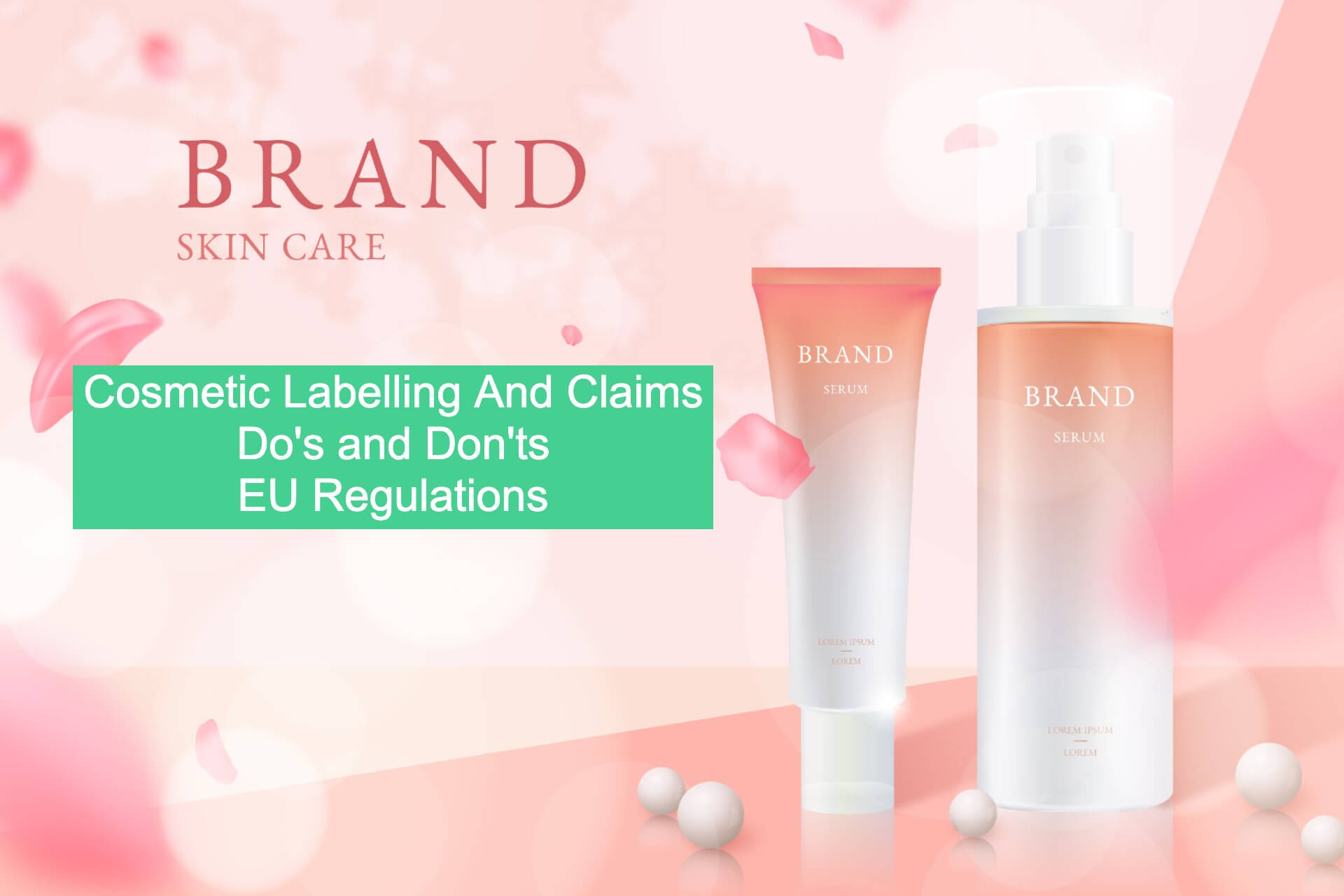Cosmetic Labelling And Claims: One Stop Guide As Per EU Regulations
There are millions of product ranges on the market today which are constantly being changed, updated or having their packaging redesigned. Products come in all shapes and sizes and centrally-controlled decisions on labelling requirements cannot take into account the practical difficulties faced by the average product manufacturer.
From a marketing and brand perspective, labelling is just one element of a complex mix of communication mechanisms between brand owner and consumer. For consumers who know which product they want to buy, the product and its labelling must reinforce the brand messages that have encouraged the consumer to seek out that product. For consumers making a repeat purchase, the product and labelling must be readily identifiable and reinforce the positive experience of that consumer when they were using the product.
The Cosmetic Regulation applies to finished cosmetic products, and sets up requirements for the brand who intends to place a cosmetic product on the EU market. One of the key steps of cosmetic compliance is making sure that labels are compliant.
Cosmetic products must include information that explains what they are for, how to use them safely, and how to obtain the best result. Specifically, the EU Cosmetics Regulation requires cosmetic products to provide the following information on the label or on the packaging:
-> The name and the address of the company including the responsible person
-> An ingredients list, in decreasing order of weight of the ingredients.
-> The function of the product must be clearly indicated, e.g. hand moisturizer so as to prevent any misuse.
-> Any warnings that might be necessary on how to use the product safely
-> Best used before the end or a period after opening to show for how long the product may be kept or used
-> What the product is (if not obvious from its appearance)
-> A reference (batch number) for product identification
-> Country of origin (for products imported into the EU)
Other important points to be noted such as;
The EU Cosmetic Regulation applies to 31 EU countries representing more than 24 different official languages. You must translate the function of the product, the precautions of use and warnings but also the nominal content in the language of the country you export to. Note that Austria, Bulgaria, France, Poland, Portugal and Slovakia, request full translation of the label, i.e. even the marketing content and claims.
All elements mentioned must be on the labels. When it is impossible to print the mandatory information for practical reasons, i.e. not enough space because your product is too small, then you can use a leaflet for specific information only. A leaflet is an enclosed or attached leaflet, label tape, tag or card. In this case, the information shall be referred to on the primary packaging and/or secondary packaging.
What about cosmetic claims....
Cosmetic claims are usually used to market the final product. Claims will appear on the label but also on ads, magazines, etc. They:
-> Describe the effects of a product
-> Help consumers/users choose a product
-> Make the product seem more appealing than the competition
Cosmetic claims have to be substantiated unless it’s a clear exaggeration or it’s obvious for the type of the cosmetic product. It is a responsible person’s task to ensure that all of the claims made regarding the product are substantiated.
The EU published a separate regulation (Regulation 655/2013), which deals specifically with cosmetic product claims and is laying down 6 common criteria for the justification of claims used in relation to cosmetic products:
-> Legal compliance
-> Truthfulness
-> Evidential support
-> Honesty
-> Fairness
-> Informed decision-making
NOTE: Regulation 655/2013 also provides guidance on the use of “free from claims” and hypoallergenic claims and lists the best practices for claim substantiation evidence.
Don't forget to check out the following cosmetic labelling and assessment online training to ease your claim and labelling process and marketing efforts.

